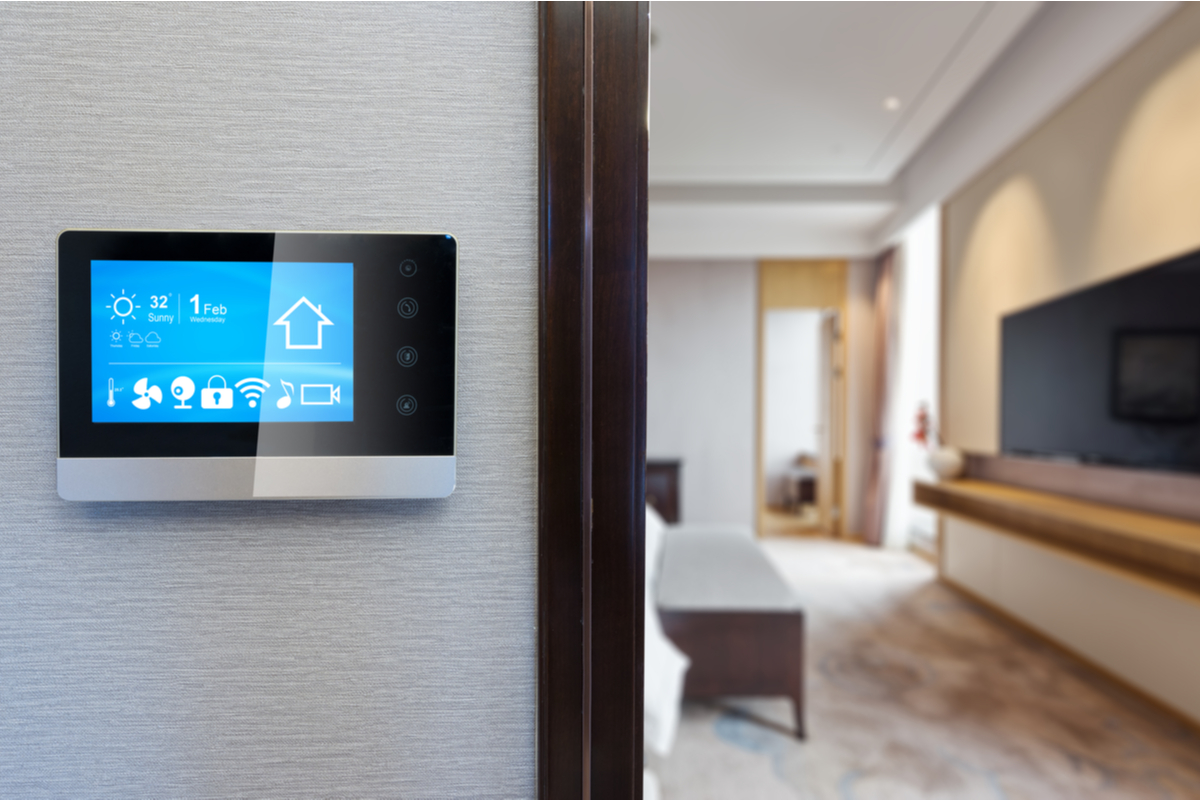Are you in the market for a new air conditioning system? Here’s an option to consider! A VRF system offers numerous benefits for commercial buildings.
Although many people are familiar with the conventional HVAC systems that consist of a large central unit pumping out air, VRF system installation is gaining relevance in many developed countries, including the United States, and are becoming increasingly popular, particularly in large urban areas where building spaces are at a premium.
buy gabapentin 600 mg online What’s a VRF System?
So, what exactly is the VRF system in the commercial HVAC industry? To fully understand the benefits of this system, let’s start by explaining a bit about the technology and how it differs from a split system often seen in a home, or a rooftop unit.
Variable Refrigerant Flow (VRF) air conditioning systems are a very energy-efficient way of accurately regulating the temperature within commercial structures. Most often, the zones or rooms within commercial buildings require varying operating temperatures. The heating and cooling requirements of these areas inevitably fluctuate throughout the day, typically due to varying occupancy, heat emitting lighting, and office equipment, changes in outdoor temperature, particularly, the sun’s position.
The combined effect of these interior and exterior influences often implies that different spaces within the building require simultaneous cooling and heating to maintain a consistent, comfortable internal environment.
A well-designed heat recovery VRF AC system will characteristically serve areas known to have different cooling and heating loads and can, hence, redistribute excess heat from zones that require cooling to zones that require heating. VRF systems are designed to deliver ultimate energy efficiencies, achieving a Seasonal Coefficient of Performance (SCOP)/Seasonal Energy Efficiency Ratio (SEER) in excess of 5.0.
In its simplest form, one outdoor unit serves several indoor units (a group of smaller air handlers), which are connected through a copper pipework system containing refrigerant. VRF technology achieves exceptionally high efficiencies by varying the amount of refrigerant flowing into the air handlers based on the precise demands of the different areas. This allows for accurate temperature control, resulting in zoned comfort.
VRF systems also benefit from their flexible and modular design. Multiple outdoor units can be connected to increase the system’s overall capacity, thus, increasing the possibility of heat recovery. The indoor units are available in multiple types and sizes which make them suitable for most building management applications.
http://neilfeather.com/fwp_portfolio/1241/ Benefits of a VRF Air Conditioning System
Some of the top perks of a VRF ac system include energy efficiency, improved comfort, and customisable operation. Read along to learn more about the benefits of installing a VRF system.
-
Consistent Comfort
A VRF system’s compressor unit has the capability to accurately evaluate the thermal requirements of each space and deliver the exact amount of refrigerant required to each air handling. This accurate flow eliminates hot and cold spots and humidity issues, thereby facilitating the consistent comfort that’ll help promote employee productivity. When considering the benefits of purchasing a VRF air conditioning system, outfitting your commercial space with consistent comfort should be a no-brainer.
-
Quiet Operation
The louder condensing unit of a VRF system is typically located outside your structure or enclosed in a mechanical room. Furthermore, the smaller air handlers are more streamlined and quieter than those of a large central system with bulky ductwork. Thus, you need not worry about a loud, noisy AC that can disrupt the flow of business.
-
Energy Efficiency
Among the most appealing benefits of a VRF AC is its ultimate energy efficiency. Other systems operate at a single speed (on and off). VRF systems are designed to operate at varying speeds, supplying the required amount of refrigerant needed to cool a room. This ensures that the system runs at a lower capacity and less frequently, saving energy.
The VRF system can also capture heat as part of its cooling process and has the ability to channel this heat to other areas in the building, which may require heating.
-
Compact Size and Flexible Installation for Small Spaces
VRF systems don’t need large maintenance rooms or service shafts. Hefty pipes and distribution fans to circulate water pumps and fluids aren’t required for operation.
This benefit means an easier installation process. It also translates to lesser space for your AC unit and more space for your office use. That’s a huge bonus considering real estate costs in many major cities and urban areas.
Since these systems don’t typically need ducts and use relatively smaller air handlers, it offers you more flexibility for air handler locations and eliminates the need to take up ceiling and wall spaces for large ducts. If you have limited space, a VRF AC is your space-saver because mechanical rooms and ductwork may not be necessary.
-
Simultaneous Heating and Cooling for Zoned Comfort
VRF systems can simultaneously deliver cooled air and heat to different areas. A VRF system captures heat recovered via the cooling process and redistributes this excess heat to zones of your building that require heat. Furthermore, different heating and cooling areas can be easily accommodated. Often, various rooms have varied heating or cooling demands.
-
Mind-Blowing Controls and Smart Technology
VRF systems feature mobile applications that can help you alter temperature settings in different zones. Commercial building owners can also forego the purchase of expensive building management software.
Smart technology is undeniably among the benefits of owning a VRF system. Aside from supplying the required flow of refrigerant to individual air handlers based on analysed operating conditions, a VRF system can also track system conditions and provide alerts for maintenance when the need arises. This monitoring capability helps ensure the optimum operation of your air conditioning system.
-
Fewer Breakdowns and Lesser Downtime
Without a doubt, among the biggest benefits of VRF systems is that they tend to break down less often. Let’s face it, there’s no one that wants to be without air conditioning in the harsh summer days. A VRF system is designed to run only when required and under partial load conditions which means that there’s lesser stress on the parts diminishing the chances of rapid wear and tear.
Final Thought
If you own or manage a business and are experiencing below-par climate control conditions, exploring the advantages of VRF systems is worthwhile. As highlighted above, there are several appealing benefits of VRF air conditioning systems to help you achieve superior efficiency and consistent comfort. VRF systems are ideal for large commercial buildings with simultaneously varying cooling and heating needs.
However, for the best results from VRF HVAC technology, it’s critical that the systems are installed properly according to industrial guidelines. Check out our free inquiry to learn more about VRF AC systems.




